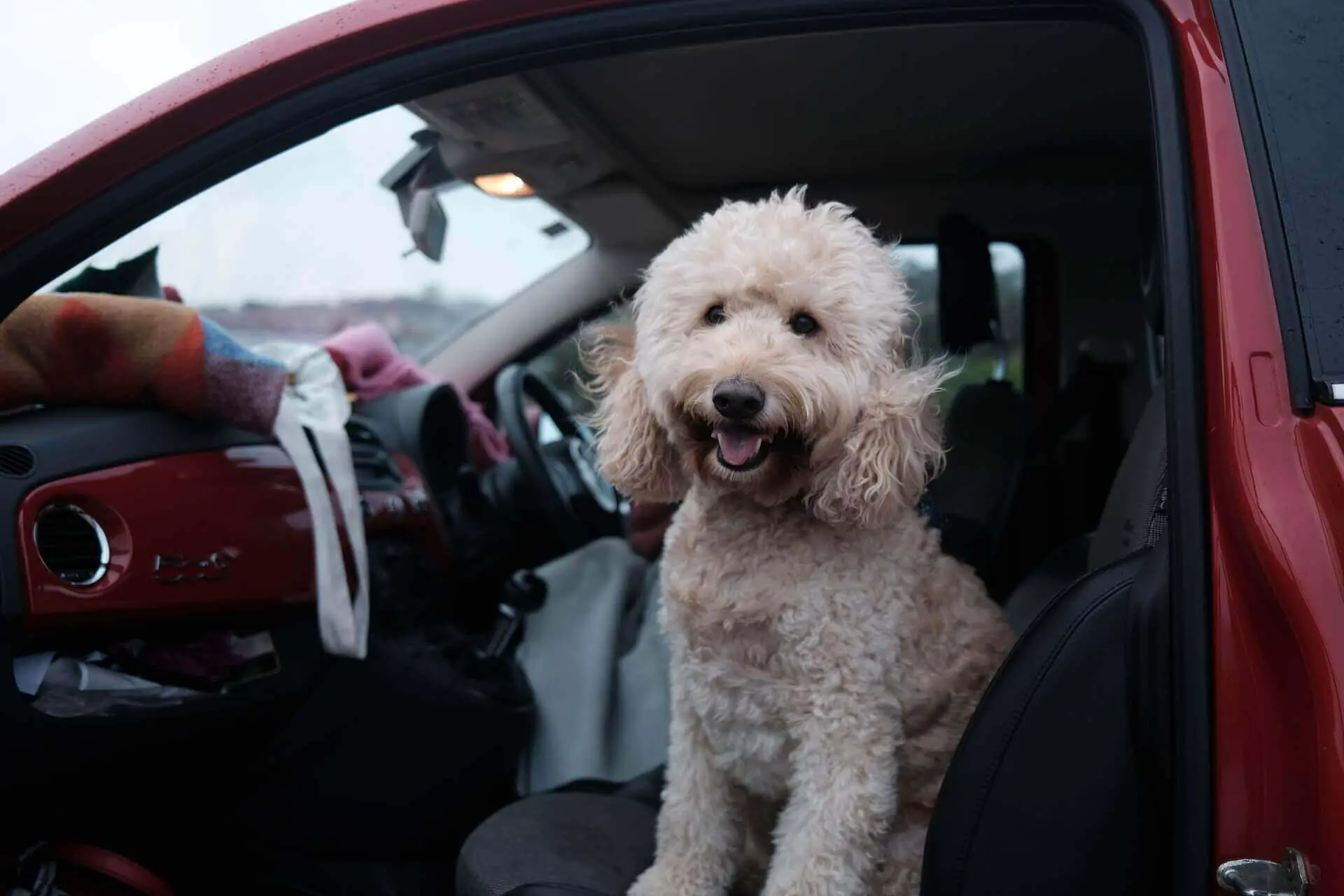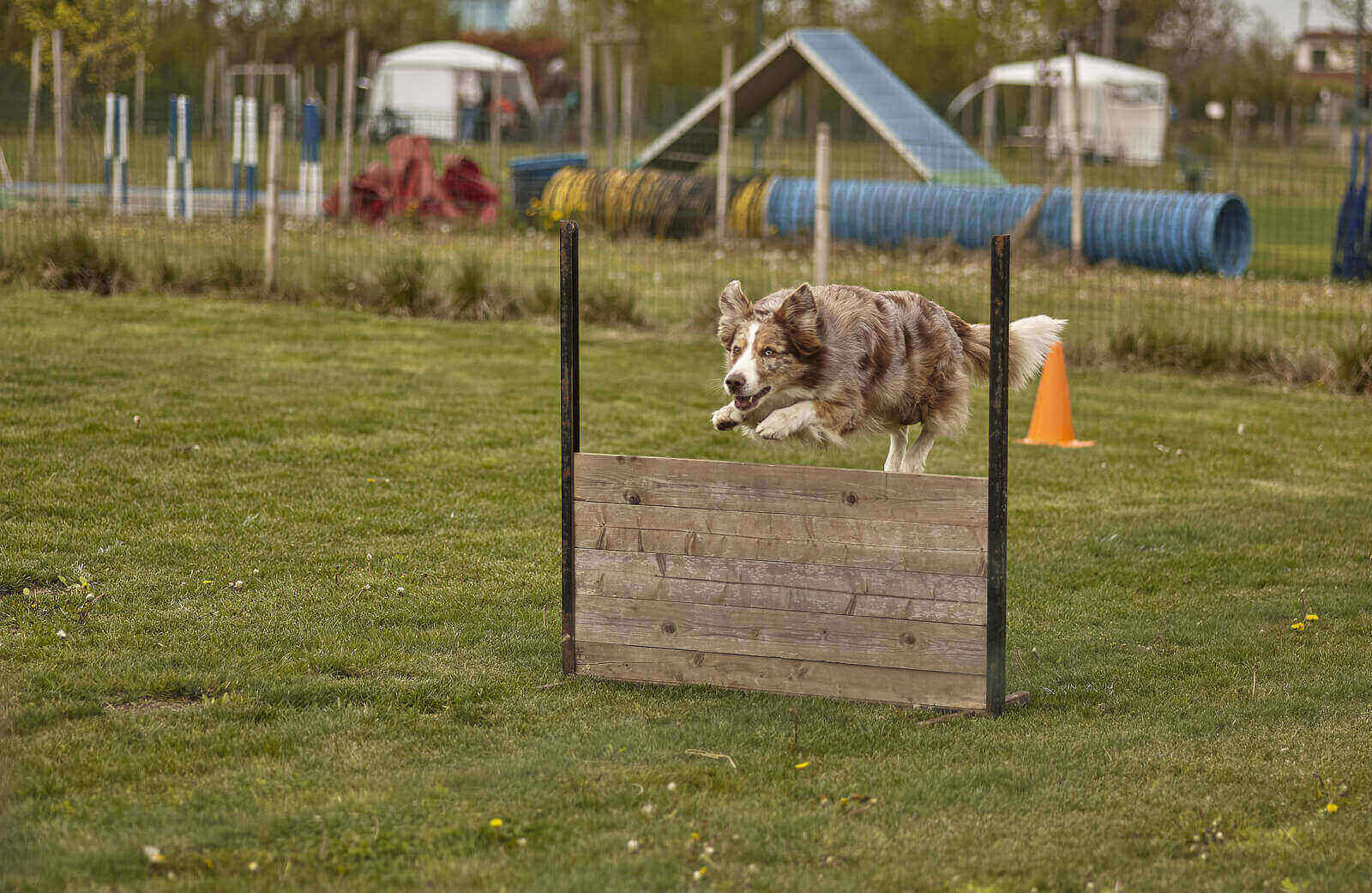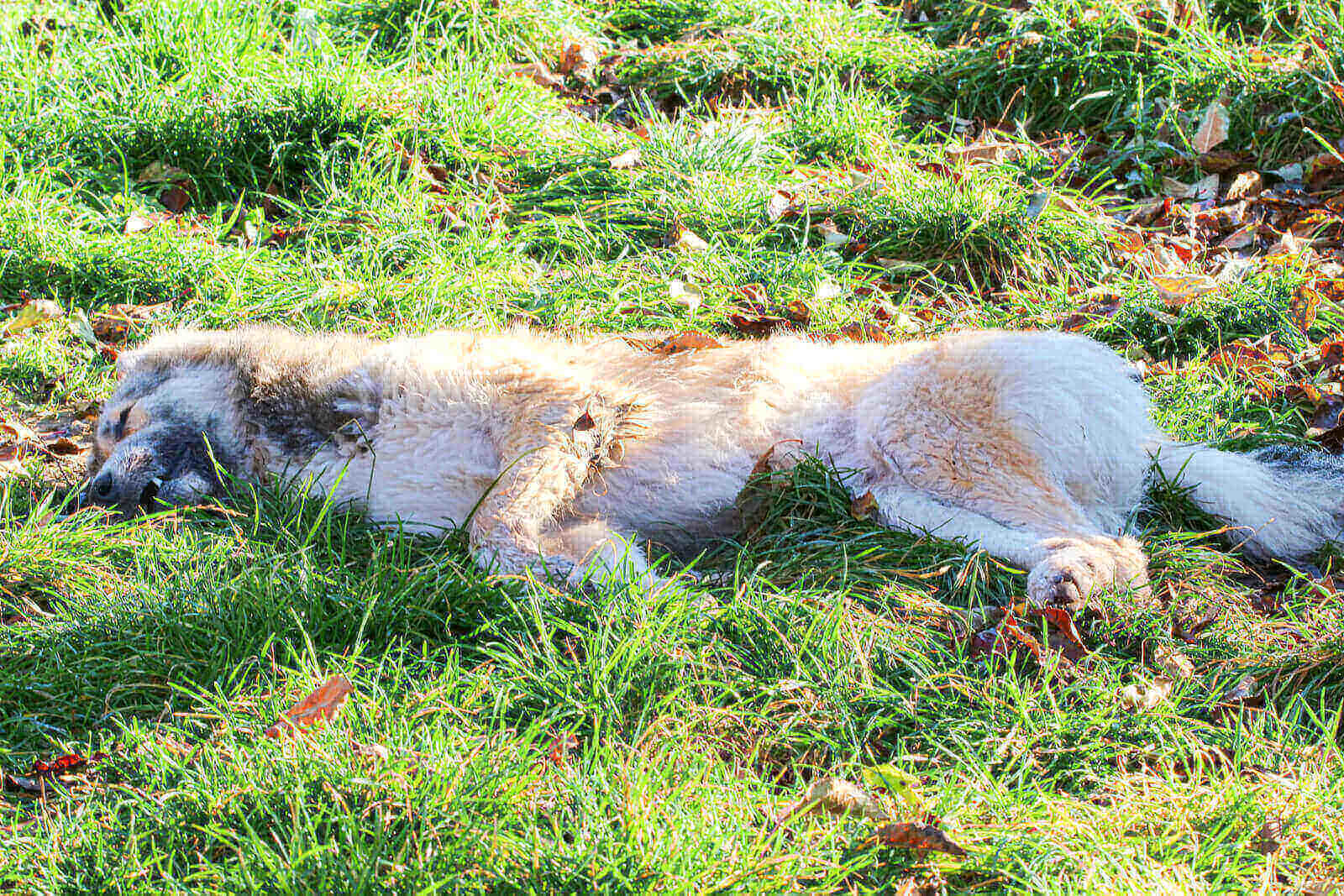Does your dog get anxious when taken for rides in the car? Do you want to enjoy outings with your furry friend but can’t due to its travel anxieties? Are you interested in knowing how to calm your dogs in the car?
Then you have stumbled on in the right place. Here, you will find information on why do dogs pant in the car, what you can do to calm your dog, and when panting becomes a serious problem.

Why Does a Dog Pant for No Reason?
Have you ever seen your dog pant heavily, and wondered why it does so? Don’t worry, panting is nothing abnormal, dogs don’t pant only under anxiety, it is their natural behavior. The reason your dog pants is that panting activity acts as a mechanism which cools their body, which is necessary because dogs don’t have sweat glands as people do.
Instead, they cool their body via evaporation of moisture from mouth and tongue, which is why they keep their mouth open, tongue out, and pant.
“But, I have seen my dog pant”, I hear you say, “even in temperatures which are perfectly fine for them?” Yes, you are right. Why would your dog pant heavily in the car, even if the temperature is fine? And, if your dog is panting in the middle of the night in your perfectly air-conditioned home, what would be the possible reason for it?
Dogs pant in a variety of situations. They pant to reduce body temperatures, they pant when they are in fear and stress, and even when they are excited. The 3 most common reasons for panting when there is not an obvious temperature-related cause are pain, anxiety and disease.
While panting is a perfectly normal thing for your dog to do, you must be cautious as to when it becomes a sign of something wrong. Sometimes it is due to hidden diseases which if ignored may lead to serious consequences.
Why Do Dogs Pant So Much in the Car?
Although some dogs love car trips, many are highly agitated and disturbed while riding in a car (or other moving vehicles). why do dogs pant in the car?
Symptoms of travel anxiety range from moderate to extreme. Common ones are dog’s pants and drools, while behaviors like vocalization, shaking and sometimes even urination and defecation come on the higher end of the spectrum.
Why Does My Dog Pant And Shake While Riding In The Car?
Although panting of dogs in the car may seem a strange thing, it is not as strange as you think. Like humans dogs can also get carsick. In fact, it is much more natural for dogs to suddenly get anxious in the car, than it is for us humans.
This is because a dog is not physiologically built to sit in a moving vehicle and travel – we humans are. That is, it is otherworldly for dogs who are meant to run in the fields to sit in cars trapped under seat belts.

Moreover, a car is structured in a way which will be good for two-legged humans to sit comfortably, not a four-legged animal. And, consequently dogs panic and pant during road trips.
So the question of why do dogs pant in the car is baseless. But can something be done to reduce dogs anxiety in car rides? Let’s see.
Top Three Reasons Of Why Do Dogs Pant In The Car
Understanding why a dog pants in the car, will help you in comforting your friend. So the following are the most accurate reasons why do dogs pant in the car
- It can be that your dog is associating the car trips as a form of punishment, if the only times it has travelled is when it was leaving its mother, going to a vet, or going to get groomed. And, so they may get anxious about previous negative experiences.
- Panting from pain and discomfort – One of the most common reasons a dog pants is pain and discomfort. Once they reach a certain level of discomfort they are most likely to pant.
- But the most likely reason behind your dog panting is pain and discomfort. Yes! it is afraid to go on road trips. This is because it is not very familiar with vehicles and traveling.
Train your dog to do doga yoga and you may see health benefits in the long term.
How Can I Calm My Dog in the Car?
Luckily, there are many ways you can help your dog get familiar and comfortable with travel, hence reducing its anxiety and reluctance in car rides. Here are some of them. But remember, they will not bring changes in one day. It will take time for your dog to familiarize itself with travel
- Build positive associations – Making positive associations of your dog with travel will help them come up from previous negative experiences (if they had some), and enjoy the ride. Taking your dog to places and people they really want to visit is a really good way of achieving this.
- Secondary aids – You can take recourse to things like giving treats while traveling. This will help your dog calm from anxiety and also build positive associations with the trip.
- Another great way is to play classical music. Studies have shown that classical
music arranged in particular ways help dogs come up from anxiety.
Although these are great ways, you won’t get effective results until you personalize your dog’s travel anxiety treatment according to his condition, which needs to be observed by you, the owner.
Learn how to calm your dog if your dog is aggressive. Also, make sure your dog drinks enough water to keep himself cool.
Panting Outside Cars
Dogs don’t pant only while traveling. They pant for most of the time of a day, to keep their body from heating. Let’s here discuss the other causes which make a dog pant.
Panting And Anxiety : Is Panting A Sign Of Anxiety In Dogs?
No, not exactly. If a dog pants even in a suitable environment, then it can be that he is under stress, but panting alone cannot be full-proof.
Generally, under stress dogs roll over the grass and their body trembles. If these symptoms are also present, then there is a possibility that your dog is under stress.
Panting And Disease: When Is Panting Due To Disease?
Sometimes dogs may pant due to respiratory diseases. It is very important to figure out when panting, which is normal is due to diseases, which is extremely serious.
But how do you tell them apart? Due to respiratory diseases your dog may be breathing faster and applying more effort in breathing. Their gums may take on a dark, or even purple appearance. With respiratory distress, your dogs may prefer to stand, with their elbows turned out and neck stretched out, as they find it easier to breathe in this posture.
When Should You Worry About Dog Panting?
Dog panting becomes a serious condition, if it is due to hidden diseases. Then it becomes something to worry about. If your dog pants in a way which is suggestive of respiratory diseases, then you must take immediate action.
Check the food that you give your dog and see if they contain any dog food ingredients to avoid. Check for other dog sickness symptoms as well.

Final Verdict – Why Do Dogs Pant In The Car
“Hey! What is this strange thing I have come in, I have never seen before.”
“Hey! My legs don’t fit in properly. I want to get out of this suffocating place.”
“Hey! Why is this thing moving so fast? I am scared.” This is perhaps what your dog’s mind voice says to itself when it accompanies you on travels.
So now you know why do dogs pant in the car and how to calm your speechless friends while traveling.
I wish you the best of luck with your next road trip!

Welcome to Learn About Pet. My name is Rajkumar Ravichandran and I love all pets, travel, and amazing food. I write about my passion and personal experience caring for multiple pets in this blog! ❤️
Post Disclaimer
DISCLAIMER: THIS BLOG OR WEBSITE, "Learn About Pet", DOES NOT PROVIDE YOU WITH MEDICAL ADVICE AND IS NOT A SUBSTITUTE FOR MEDICAL ADVICE. ALWAYS GET IN TOUCH WITH YOUR PERSONAL VETERINARIAN AND USE INFORMATION HERE AS GENERAL ADVICE.
The information, including but not limited to, text, graphics, images and other material contained on this website are for informational purposes only. No material on this site is intended to be a substitute for professional veterinary advice, food recommendation, diagnosis, or treatment. Always seek the advice of your veterinarian or other qualified health care provider with any questions you may have regarding a medical condition or for pet food related questions.







